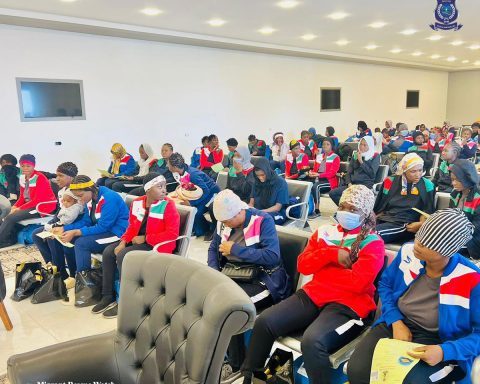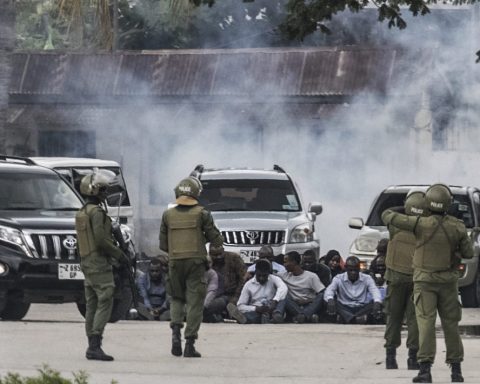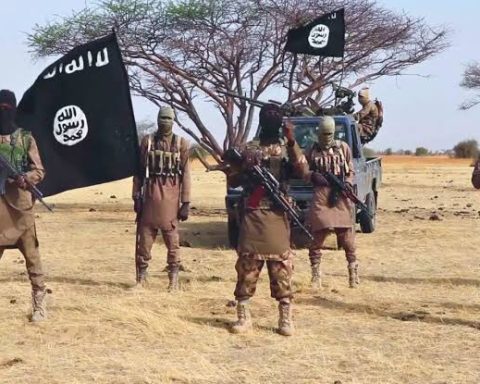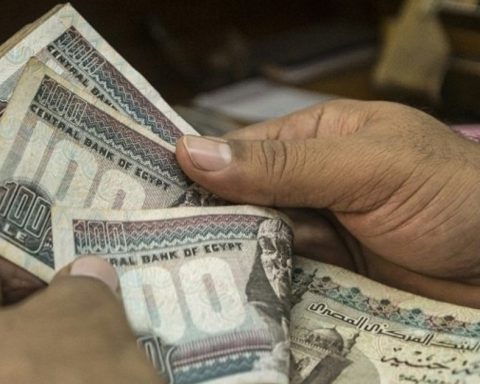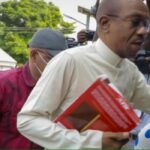At least eight people have been confirmed dead and more than 400 injured following nationwide protests that swept across Kenya on Wednesday, according to the Kenya National Commission on Human Rights (KNCHR).
Thousands of predominantly Gen Z demonstrators took to the streets demanding justice, accountability, and sweeping political reform. The protests, marking the first anniversary of the deadly 2024 anti-finance bill demonstrations, were characterised by violent clashes with security forces, live ammunition fired at protesters, and an unprecedented media blackout.
Join our WhatsApp ChannelWhat began as a peaceful mobilisation on social media rapidly escalated into one of Kenya’s largest youth-led uprisings. Triggered by the custodial death of a young teacher and activist earlier this month, the demonstrations have drawn international attention to mounting youth frustration over police brutality, economic hardship, and what is perceived as an increasingly authoritarian government.
The Catalyst
The latest wave of unrest was sparked by the death of 28-year-old blogger and teacher, Albert Ojwang, who was arrested on 7 June in Homa Bay County for allegedly insulting Deputy Inspector-General of Police Eliud Lagat. Ojwang died the following day whilst in police custody. An independent post-mortem examination later revealed blunt force injuries consistent with torture, directly contradicting police claims that he had taken his own life.
READ ALSO: Kenyan Protest: One killed, Journalist Shot As Calls For Ruto’s Resignation Intensify
The incident sent shockwaves through Kenya and reignited longstanding anger over police abuse. Six individuals, including three police officers, have since been arrested and charged with Ojwang’s murder. Deputy Inspector-General Lagat has stepped aside pending ongoing investigations.
Nationwide Uprising
On 25 June, youth-led protests erupted across major urban centres throughout the country, drawing thousands of demonstrators. The rallies were primarily coordinated via social media platforms using hashtags including #RutoMustGo, #GenZRevolution, and #JusticeForOjwang.
In Nairobi, demonstrators attempted to march towards Parliament and the State House but were met with police barricades, tear gas, and water cannons. Two people were reportedly shot dead in the capital, while rural areas, including Matuu and Ol Kalou, also reported fatalities. Protesters lit bonfires, blocked roads, and confronted heavily armed security officers, according to media reports.
According to Amnesty International and the KNCHR, the eight confirmed deaths resulted from gunshot wounds. Media outlets reported that hospitals in Nairobi and Kisumu were overwhelmed by the number of gunshot victims and cases of tear gas exposure.
The KNCHR expressed grave concern over what it described as “continuous violations of human rights and non-adherence to the rule of law by both state agencies and select groups of citizens.”
“The right to life is sacrosanct. We extend our condolences to the families of the deceased and urge all parties to respect the sanctity of life,” said the commission’s vice-chairperson, Dr Raymond Nyeris.
Media Suppression and Judicial Response
As images and footage of the protests began circulating online, the Communications Authority of Kenya (CA) issued a directive banning all live television coverage of the demonstrations, citing “national security concerns.” Several major broadcasters, including KTN News, NTV, and Citizen TV, were temporarily taken off air. Access to social media platforms such as Telegram was also disrupted in what critics described as an authoritarian attempt to suppress information.
The Law Society of Kenya (LSK) condemned the CA directive, calling it “an absolute nullity in law” and urging journalists and broadcasters to defy it.
Supporting the LSK’s position, the High Court in Nairobi issued a conservatory order suspending the CA directive. The court further ordered that any broadcasting signals switched off as a result of the directive be restored immediately, pending further court orders.
Violence and Counter-Demonstrations
Whilst most protests remained peaceful, some turned violent. In parts of Kibera, Mathare, and Kisumu, protesters set vehicles ablaze and vandalised government buildings. In Nakuru, looters reportedly exploited the chaos to ransack businesses.
Reports also emerged of pro-government groups, some armed with clubs, patrolling parts of Nairobi. Activists accused these groups of being hired to disrupt protests and incite violence.
Political Response
President William Ruto, in a pre-recorded message, called for calm and warned against the destruction of property. He acknowledged Ojwang’s death as “deeply regrettable and unacceptable” but defended the police response to the protests as “necessary to preserve order.”
A Leaderless Movement
The Gen Z protests remain decentralised and deliberately leaderless, drawing inspiration from recent global movements such as #EndSARS in Nigeria and the 2020 Black Lives Matter protests. Organisers have eschewed traditional political affiliations, coordinating instead through viral videos, livestreams, and encrypted messaging applications.
What Lies Ahead
By Wednesday evening, security had been significantly enhanced in major cities, with heavily armed officers patrolling streets and government buildings fortified with razor wire. The situation remains tense as Kenya grapples with the largest youth-led protests in recent memory.




